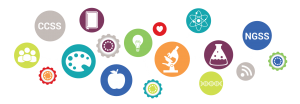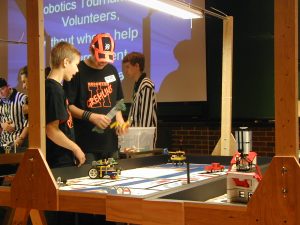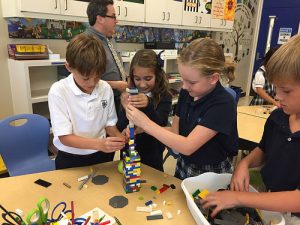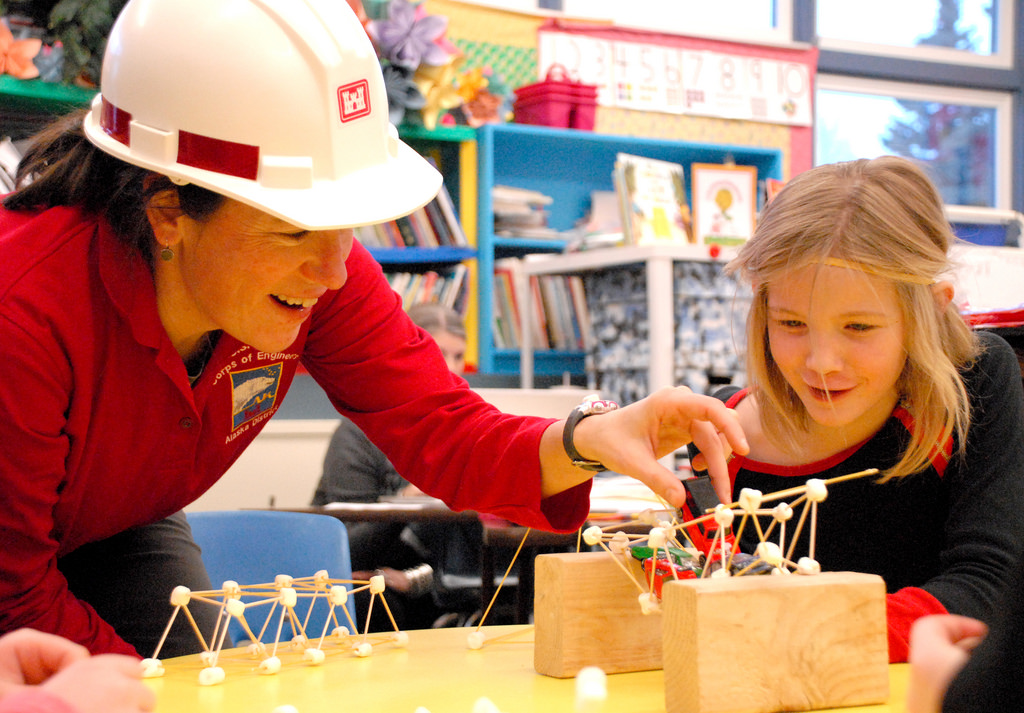
The acronym STEAM refers to these not as stand-alone subjects, rather as a way of thinking. STEAM is about the skills required to learn science, technology, arts and mathematics, and how engineering and design processes and principles are used to achieve an outcome.
Initially, students of STEAM need to identify a problem. They then create possible solutions to that problem, which can be tested. The skills are inquiry-based approaches to teaching and learning.
For example: In a classroom the teacher may set the task for students to stop litter pollution through storm drains. The student may present a poster to the class, explaining what they consider to be the best solution. In a STEAM classroom, students would be asked to design, build, test and re-design if necessary a solution to the problem of litter going down the stormwater drain.
STEAM learning requires critical thinking, engaging and relevant learning experiences and perseverance, whilst creating and building, developing and exploring in ways that traditional teaching would not recognise. STEAM allows students to develop vital analytical and negotiation skills.

There are many misconceptions with STEAM, people think it means technology and coding. That is just one part of a much bigger picture. Professor Ian Chubb said in 2013, in his role as chief scientist: “STEAM is everywhere. Our nourishment, our safety, our homes and neighbours, our relationships with family and friends, our health, our jobs, our leisure are all profoundly shaped by technological innovation and the discoveries of science.”
STEAM is important for future generations because future jobs will require problem solving skills, innovative and creative thinking and digital skills. Future generations need to learn how to think critically and flexibly in order to adapt to this rapidly changing world. We need our next generation entering the world ready for success in this ever changing technological environment.
Curriculum changes and challenges have resulted in an increase of spending by government and university curriculums are changing to support our upcoming teachers. Some universities now support science as a pre-requisite to enter a Bachelor of Education primary or early childhood courses. In addition, coding is now being taught from Foundation to Year 10.

The way in which STEAM skills can be incorporated into the teaching and learning within Australian schools requires support for educators at all levels. STEAM education requires teachers to be given the support to be able to teach STEAM skills in the classroom.
The level of support varies from state to state. For example, regional STEAM champions are being appointed to offer support to state schools in Queensland. Some schools are using local resources, allowing teachers to apply their new skills in context. For example, teachers in the Queensland central coast city of Gladstone are focusing on the Great Barrier Reef, local industry and the harbour. They’re using the principles of STEAM to immerse themselves into real world science issues. Technology, drama, industry tours, laboratory work and field trips are all important components which lead to a final solution or outcome. This immersion in real world science ultimately means STEAM education is being improved in a way which bonds communities with government, industry and educators.
To learn more about the exciting and engaging education services we offer at eStorm, including workshops to support STEAM classrooms, as well as the professional development and mentoring of teachers. If you wish to discuss this or any education services further, please contact us at any time.


